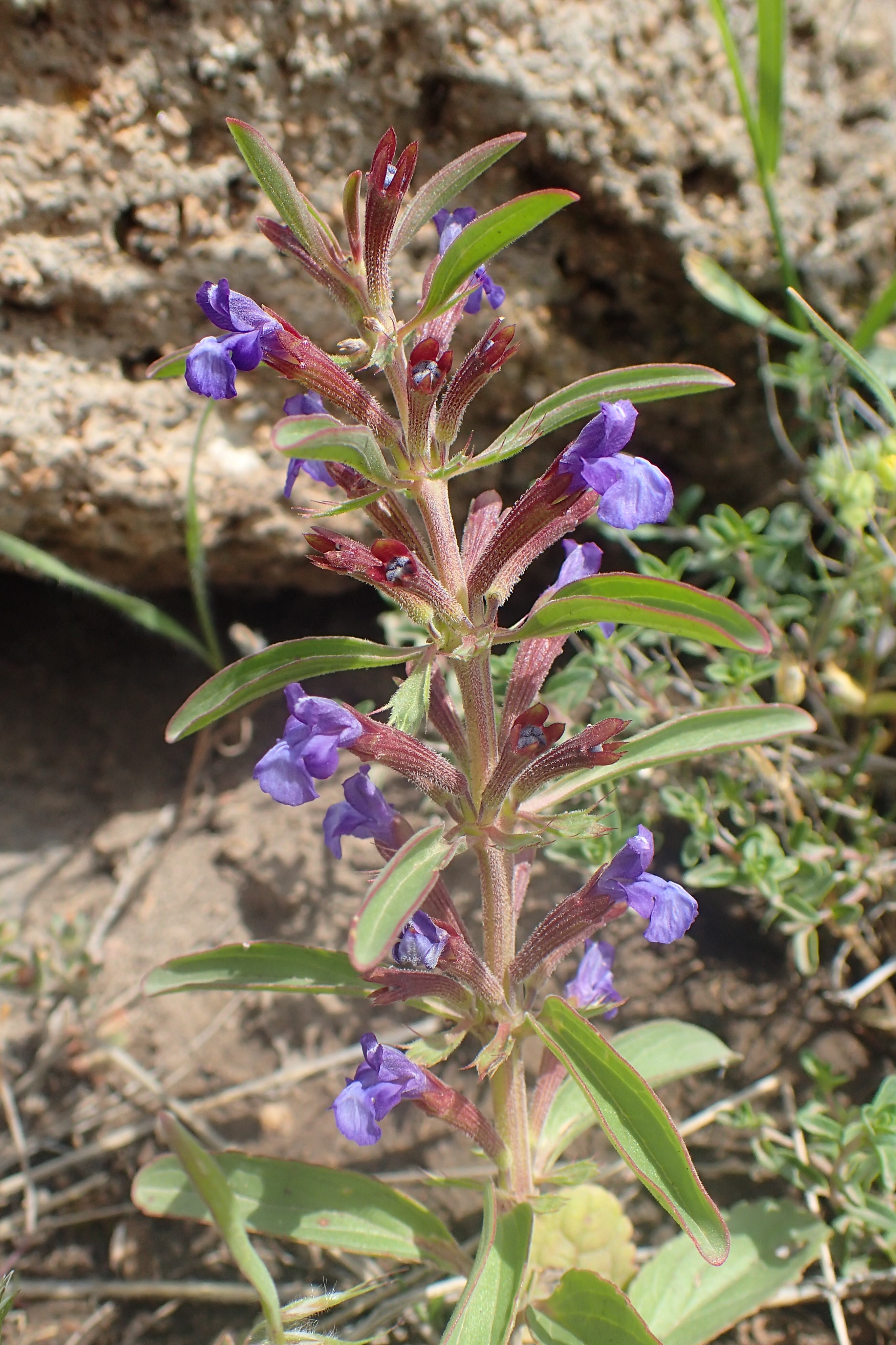Lallemancia iberica is an annual oilseed crop in the Labiatae family. Lallemancia oil is used for technical purposes.

Source: commons.wikimedia.org©Krzysztof Ziarnek, Kenraiz (CC BY-SA 4.0)
Economic importance
The oil content in the seeds of lallemancia is 23-38%. Lallemancia oil is a fast drying oil, used in the paint and varnish industry and in the production of drying oil. Its technical qualities are similar to perilla oil.
Refined lallemancia oil is suitable for consumption.
The cake is used for feed purposes.
Cultivation areas and yield
Lallemancia has long been cultivated in the countries of Asia Minor.
In Russia, this crop is grown in small areas, mainly in the Rostov Region, Krasnodar and Stavropol Territories.
Seed yield reaches 1.0-1.2 t/ha.
Botanical description
Lallemancia (Lallemancia iberica F. et M.) is an annual plant belonging to the Lamiaceae family (Labiatae).
Taproot, well developed.
Stem erect, tetrahedral, branched. Plant height 60-70 cm.
The leaves are opposite, oblong, entire. The lower leaves are on short petioles, the upper ones are almost sessile.
Flowers are collected 5-8 in false whorls. Corolla two-lipped, white, pink or blue. Self-pollination predominates, cross-pollination by insects is possible.
The fruit consists of four small nuts (seeds).
Seeds are small, oblong, 4-5 mm long, dark brown or dark purple, with a double scar at the base. The mass of 1000 seeds is 4-5 g.
A feature of lallemancia is the weak shedding of ripened seeds in dry weather and, conversely, strong shedding in wet weather. This property is explained by the fact that in dry weather, the edges of the calyx of the fruit are bent inward, thereby preventing the seeds from spilling out, while in wet weather they diverge and the seeds spill out freely.
Biological features
Lallemancia is not demanding on heat and moisture.
Seeds begin to germinate at a temperature of 3-5 °C. Seedlings are able to withstand frosts down to -6 °C.
Drought tolerant plant.
A shorter day leads to a slower ripening.
Lallemancia can be cultivated on various soils. The most optimal are black earth, on which it gives the highest yields.
Vegetation
The growing season is about 80 days. In dry years, it can be reduced to 65-67 days.
Crop rotation
In crop rotation, the best predecessors for Lallemancia are winter wheat and row crops.
Lallemancia itself, thanks to its short growing season, is a good precursor for winter crops.
Fertilizer system
Lallemancia responds well to the application of mineral fertilizers. The recommended fertilizer application rates are N45P45K45.
Tillage system
Tillage for lallemancia includes:
- autumn plowing (with preliminary peeling after grain crops);
- harrowing in early spring;
- pre-sowing cultivation followed by harrowing.
Sowing
Lallemancia seeds before sowing are treated with a 65% solution of fentiuram at the rate of 3 kg of the drug per 1 ton of seeds.
Sowing starts early.
The sowing method is ordinary or wide-row with a row spacing of 45 cm.
The seeding rate for the usual row method is 18-20 kg/ha, for the inter-row method – 8-10 kg/ha.
Sowing depth 2-3 cm.
Crop care
Crop care includes harrowing after germination. On wide-row crops, 3-4 inter-row tillage is also carried out.
Harvest
The harvesting is started when a dark color appears in the seeds
in whorls located on the lower part of the stems.
The single-phase method of harvesting with converted combine harvesters at a low cut is more preferable.
Seeds with a moisture content of not more than 10% are laid for storage.
Sources
Crop production / P.P. Vavilov, V.V. Gritsenko, V.S. Kuznetsov and others; Ed. P.P. Vavilov. – 5th ed., revised. and additional – M.: Agropromizdat, 1986. – 512 p.: ill. – (Textbook and textbooks for higher educational institutions).